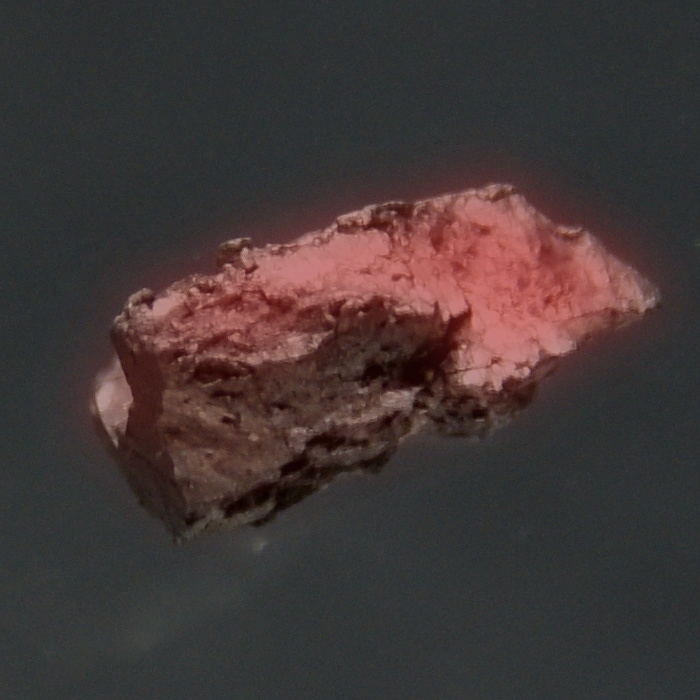Curium
96
Cm
Grupp
Ej tillämplig
Period
7
Block
f
Protoner
Elektroner
Neutroner
96
96
151
Generella Egenskaper
Atomnummer
96
Atommassa
[247]
Masstal
247
Kategori
Aktinider
Färg
Silver
Radioaktiv
Ja
Curium is named after Madame Curie and her husband Pierre Curie
Kristallstruktur
Enkelt hexagonalt
Historia
Curium was discovered by Glenn T. Seaborg, Ralph A. James and Albert Ghiorso in 1944 at the University of California, Berkeley.
It was produced by bombarding plutonium with alpha particles during the Manhattan Project.
Curium metal was produced only in 1951 by reduction of curium fluoride with barium.
It was produced by bombarding plutonium with alpha particles during the Manhattan Project.
Curium metal was produced only in 1951 by reduction of curium fluoride with barium.
Elektroner per skal
2, 8, 18, 32, 25, 9, 2
Elektronkonfiguration
[Rn] 5f7 6d1 7s2
Curium accumulates in the bones, lungs and liver, where it promotes cancer
Fysikaliska Egenskaper
Aggregationstillstånd
Fast
Densitet
13,51 g/cm3
Smältpunkt
1613,15 K | 1340 °C | 2444 °F
Kokpunkt
3383,15 K | 3110 °C | 5630 °F
Smältvärme
Ej tillämplig kJ/mol
Ångbildningsvärme
Ej tillämplig kJ/mol
Specifik värmekapacitet
- J/g·K
Förekomst i jordskorpan
Ej tillämplig
Förekomst i universum
Ej tillämplig

CAS-nummer
7440-51-9
PubChem CID-nummer
Ej tillämplig
Atomära Egenskaper
Atomradie
174 pm
Kovalent radie
169 pm
Elektronegativitet
1,3 (Paulingskalan)
Jonisationspotential
5,9915 eV
Molvolym
18,28 cm3/mol
Värmeledningsförmåga
0,1 W/cm·K
Oxidationstillstånd
3, 4
Användningsområden
Curium is mainly used for scientific research purposes.
Curium is a common starting material for the production of higher transuranic elements and transactinides.
The most practical application of 244Cm is as α-particle source in the alpha particle X-ray spectrometers (APXS).
Curium is a common starting material for the production of higher transuranic elements and transactinides.
The most practical application of 244Cm is as α-particle source in the alpha particle X-ray spectrometers (APXS).
Curium is harmful due to its radioactivity
Isotoper
Stabila isotoper
-Instabila isotoper
233Cm, 234Cm, 235Cm, 236Cm, 237Cm, 238Cm, 239Cm, 240Cm, 241Cm, 242Cm, 243Cm, 244Cm, 245Cm, 246Cm, 247Cm, 248Cm, 249Cm, 250Cm, 251Cm, 252Cm